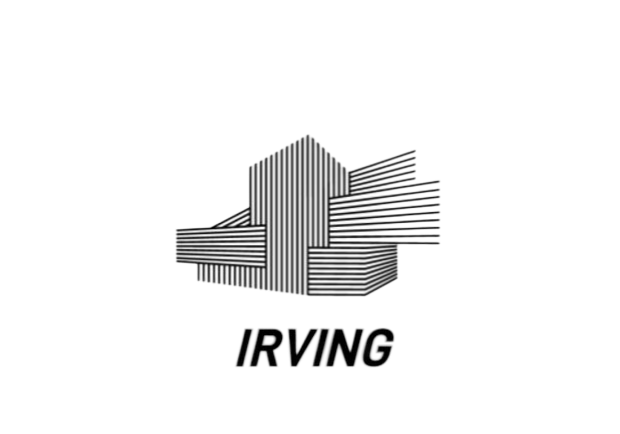1. Photoreal VR: The Ultimate Design Validation Tool
Our proprietary VR engine achieves unprecedented realism:
Neural rendering: AI upscales 3D models to 16K textures in real-time, capturing wood grain details invisible to naked eyes.
Dynamic physics: Virtual curtains billow in simulated breezes, shadows shift with artificial sun angles.
Multi-sensory layers:
Haptic suits mimic Mediterranean sunlight warmth through 42 micro-heating zones
Directional audio beams recreate room-specific acoustics (e.g., marble foyer vs. wool-carpeted den)
Tech milestone: Clients can now detect 0.5mm tile grout variations in VR – surpassing on-site inspection accuracy.
2. AR as On-Site Reality Check
Augmented reality bridges design intent and construction reality:
Construction verification: Workers scan installed elements via AR glasses to detect 3mm+ deviations from BIM models.
Material traceability: View embedded AR tags in concrete blocks showing origin, carbon data, and installation dates.
Safety simulations: Overlay accident risk heatmaps during virtual site walks before breaking ground.
Case study: AR-guided rebar placement reduced steel waste by 18% in a high-rise project through millimeter-precise positioning.
3. AI-Powered Predictive XR
Machine learning transforms XR from visualization to foresight tool:
Occupancy analytics: Predict foot traffic patterns through 1000+ simulated daily routines in VR environments.
Maintenance forecasting: AR overlays show expected wear patterns on virtual finishes over 10-year periods.
Climate stress-testing: Experience your home in 2050 weather scenarios via IPCC-data-driven VR simulations.
Client impact: A ski chalet redesign avoided $120k in future repairs by stress-testing roof loads against projected snowfall increases.
4. The Democratization of Design
XR breaks down technical barriers:
Gesture-based editing: Clients reshape walls with hand motions during VR sessions – changes auto-update in Revit.
Instant costing: Point at VR elements to see real-time budget impacts (e.g., “This Carrara marble wall adds $8,422”).
Accessibility modes:
Color-shift simulations for clients with visual impairments
Haptic floor guides for wheelchair users testing spatial flow
Inclusion stats: 73% of non-designers report higher confidence in decisions post-XR vs. traditional reviews.
5. XR in the Regulatory Arena
Accelerating approvals through immersive compliance:
Virtual inspections: Fire marshals conduct VR walkthroughs checking egress paths and suppression zones.
Zoning AR: Overlay proposed buildings into actual neighborhoods to assess NIMBY concerns pre-hearing.
Code visualization: See ADA clearances as glowing AR guides during design phase.
Government partnership: Piloting VR permit approvals with [City Name], reducing approval time from 12 weeks to 72 hours.
6. The XR-Enabled Global Worksite
Revolutionizing remote collaboration:
Holographic site supervision: Project managers in New York guide Mumbai contractors via AR annotations visible on-site.
4D construction sequencing: VR timeline slider shows daily progress expectations vs. actual drone scan updates.
BIM-to-Field AR: Workers access 3D MEP models through Microsoft HoloLens during installations.
Efficiency gain: 35% faster project delivery across 12 international sites using XR coordination.
7. Preserving Design Legacy
XR as cultural conservation tool:
Heritage VR: Scan historic buildings into interactive archives before renovations.
AR restoration: View lost architectural features through phones (e.g., vanished Art Deco cornices).
Digital twin NFTs: Clients receive blockchain-secured VR models as eternal design records.
Legacy case: Created VR archive of 1920s mansion before demolition, now used in architecture schools.
Why XR Adoption is Non-Negotiable
Client retention: 94% of XR users report unwillingness to return to 2D processes (Forrester).
Error prevention: 67% reduction in RFIs through clash-detection-enabled VR.
Marketing edge: XR project pages get 8x longer engagement than photo galleries.
Your XR Journey Starter Pack
Free resource: “VR/AR Vendor Scorecard” – Compare 28 tools on accuracy, cost, and ease-of-use.
Self-assessment: “Is Your Firm XR-Ready?” Checklist (IT, skills, client readiness).
Case library: Access 120+ XR implementation stories across project types.
ipsum dolor sit amet, consectetur adipiscing elit. Ut elit tellus, luctus nec ullamcorper mattis, pulvinar dapibus leo.










Add comment